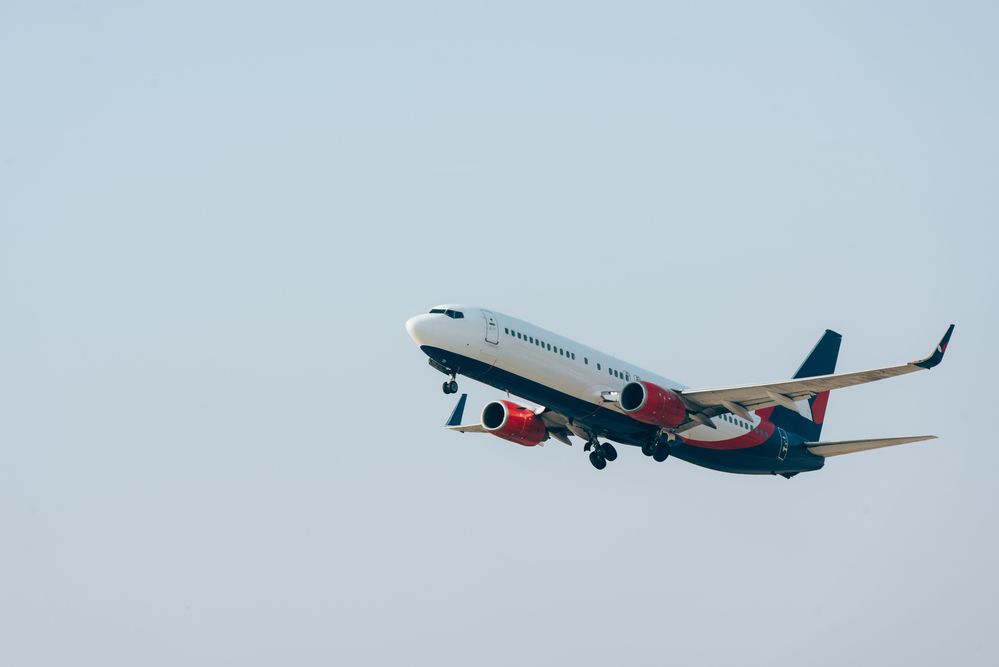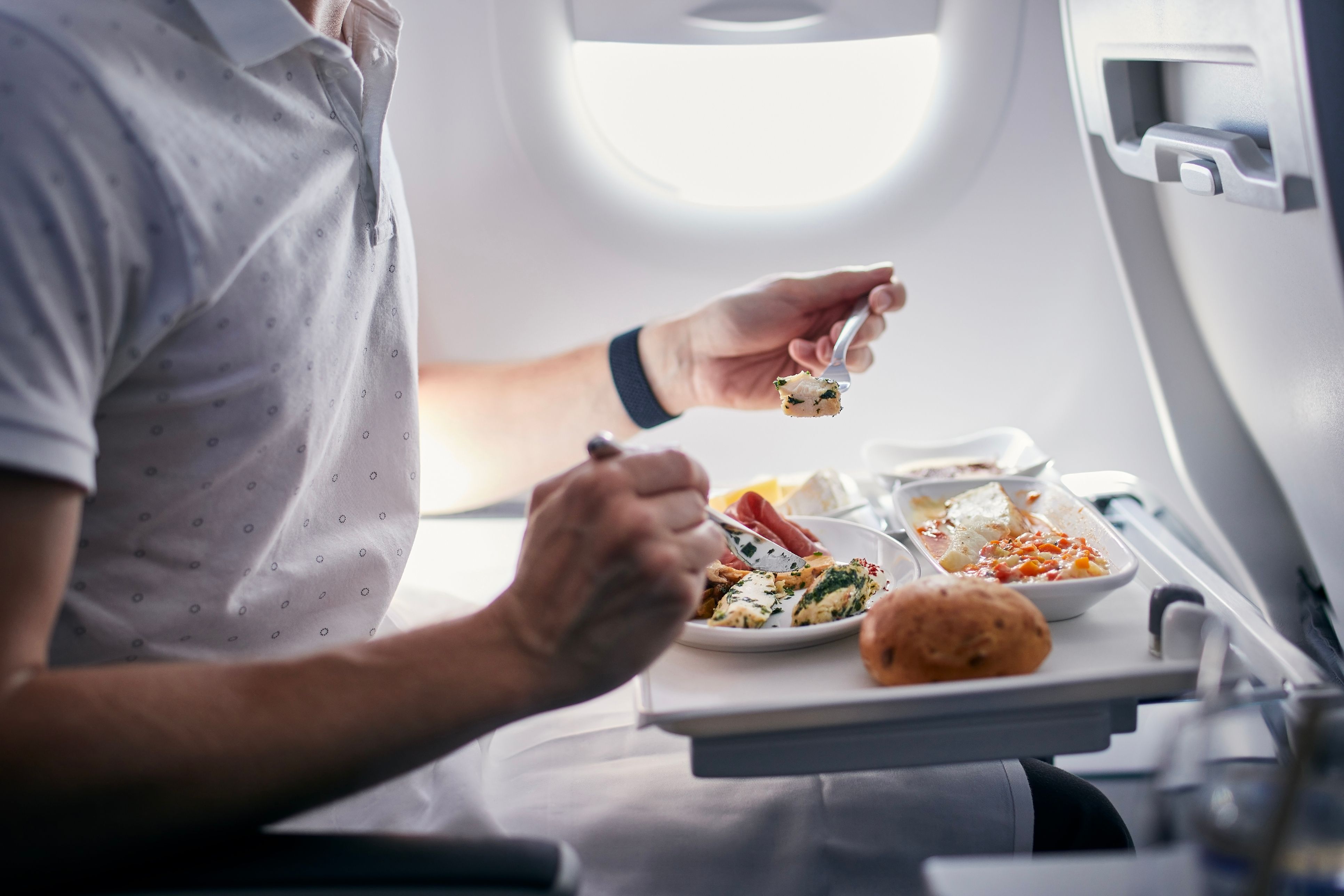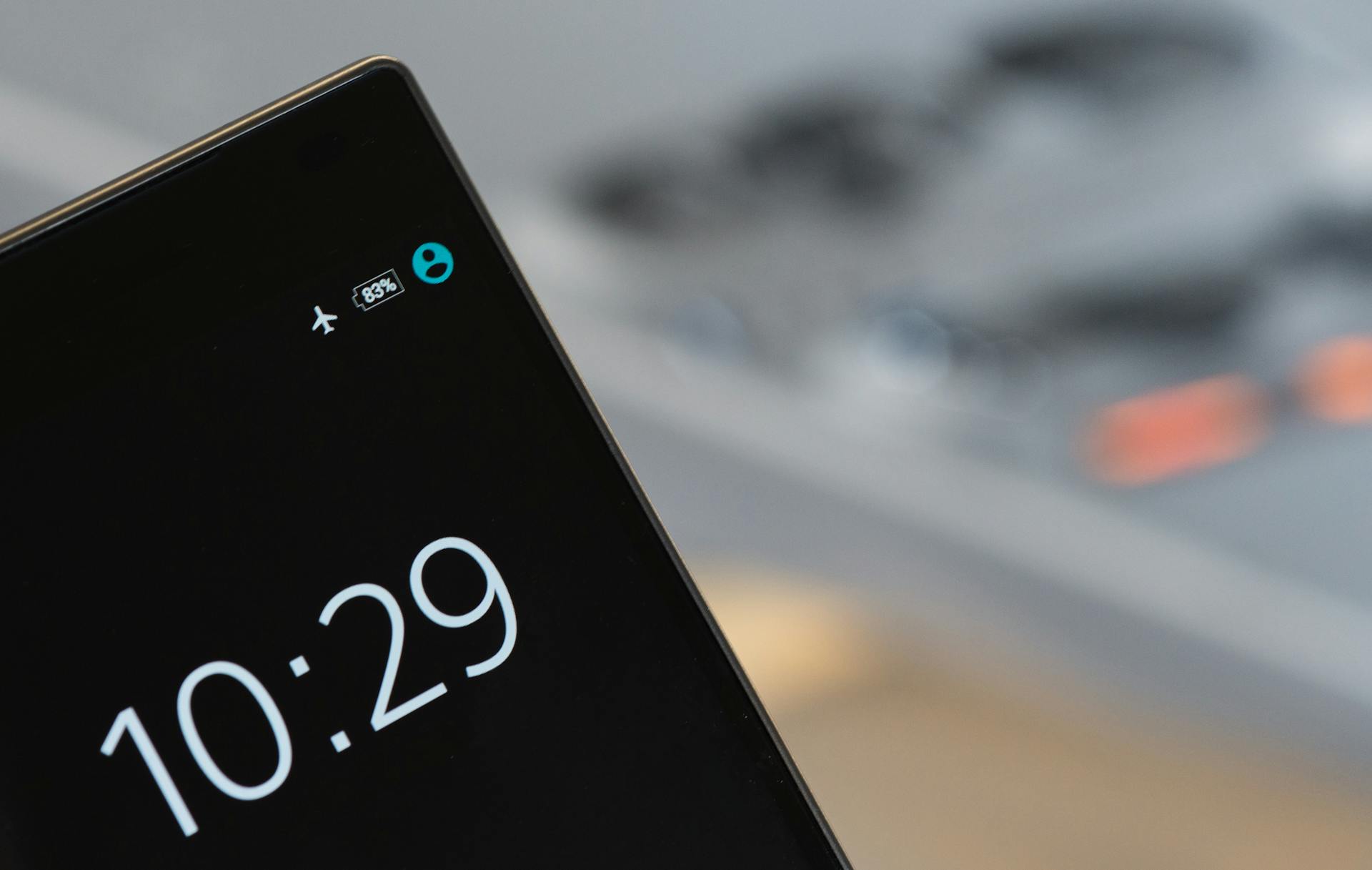Airplane Wi-Fi: Complete Guide to In-Flight Connectivity
Stay connected at 30,000 feet.
Summary

Airplane Wi-Fi, also known as in-flight Wi-Fi, is a service that allows passengers to access the internet while airborne. This is achieved through two primary systems: air-to-ground, which uses cellular towers, and satellite-based, which employs orbiting satellites.
These systems enable data transmission, allowing passengers to browse, email, and even engage in Wi-Fi streaming on international and domestic flights.
In today's connected world, airplane Wi-Fi is crucial for business travelers needing to stay productive, leisure travelers seeking entertainment, and for safety, allowing for real-time updates. There is also rising demand for reliable in-flight Wi-Fi, with airlines recognizing its impact on passenger satisfaction and loyalty.
Which Airlines Offer Airplane Wi-Fi?
While this list isn’t exhaustive, there are a significant number of renowned airlines that offer in-flight Wi-Fi, including:
Singapore Airlines
For those flying in Business, Suites, and First Class, Singapore Airlines offers complimentary Wi-Fi for international and domestic flights. Additionally, KrisFlyer and PPS Club members enjoy free access across all travel classes.
Economy passengers can stay connected to internet on the plane by purchasing Wi-Fi based on their data needs, ensuring everyone has an option to remain online, though the airplane Wi-Fi speeds may vary based on demand.
Scoot (Budget Airline)
Scoot's Boeing 787 Dreamliner flights come equipped with Wi-Fi. ScootPlus travelers receive a complimentary 30MB, and other passengers can select from various paid plans designed for browsing, streaming, or messaging. With single-session and full-flight access options, travelers can choose the best fit for their connectivity requirements.
United Airlines
United Airlines is set to revolutionize in-flight connectivity through a partnership with SpaceX's Starlink, which will bring high-speed internet to over 1,000 aircrafts. This service will eventually provide speeds up to 250 Mbps, enabling passengers on the plane to stream and work more effectively. Importantly, United will offer this upgraded Wi-Fi service for free, a significant shift in airline customer experience.
Qatar Airways
Qatar Airways has also started to roll out Starlink airplane Wi-Fi, offering high-speed Wi-Fi with its Boeing 777-300ER fleet. This service allows seamless connection for remote work and entertainment for all passengers on the plane, with no mention of separate subscription plans for Economy class, and is intended to equip its entire long-haul fleet, including Airbus A350s.
Delta Airlines
Delta Airlines equips all its aircraft with Wi-Fi, with pricing varying based on flight duration and service level. SkyMiles members also enjoy complimentary Wi-Fi on certain routes, adding value for frequent flyers.
Cost of Airplane Wi-Fi
Understanding the pricing structure for in-flight Wi-Fi can help you budget for your trip effectively right from the start. The cost of airplane Wi-Fi varies depending on:
Short-Haul, Domestic Flights:
- Basic Access: Expect to pay around $8–$15 for essential connectivity, suitable for email and messaging.
- Full Access: For browsing and light media use, prices range from $10–$20.
Long-Haul, International Flights:
- Basic Access: Essential browsing on long flights will generally cost around $20–$30.
- Premium Access: For high-speed streaming or business needs, expect to pay $25–$40.
Subscription and Passes:
- Frequent flyers may find monthly or annual passes offered by some airlines to be cost-effective.
- Subscription plans typically begin at roughly $50 per month, varying based on the airline, length of subscription, and coverage.
How Much Data Does In-Flight Wi-Fi Consume?
When you connect to internet on plane via airplane Wi-Fi, it's important to be mindful of your data usage, even though it might feel different than on the ground.
While streaming a video uses a similar amount of data regardless of the connection, several factors can influence your experience. To ensure smooth playback, streaming services might automatically reduce the video quality, especially if the airplane Wi-Fi speeds are limited.
If you then choose to manually increase the resolution for better viewing, this will in turn increase your data consumption.
To give you a better idea of how much data various online activities consume, let's look at the following breakdown.
By understanding these data consumption rates, you can better manage your online activities and avoid exceeding any data limits while in the air.
How to Connect to the Internet on a Plane
Here’s how to access your Wi-Fi at different stages of your scheduled flight:
- Before the Flight: Before boarding, verify if your airplane offers Wi-Fi by checking their website or reviewing your flight details. If pre-purchase options are available, consider buying a Wi-Fi package in advance. This not only saves time on the flight but may also offer cost savings compared to on-board purchases.
- During the Flight: Once in the air, connecting to the plane's Wi-Fi is typically straightforward. Locate the aircraft's Wi-Fi network in your device's settings, often identified by the flight number. Upon connection, open your web browser to get to the Wi-Fi portal. Here, you can select an internet plan that suits your needs and follow the on-screen prompts to log in or complete the payment process.
- Troubleshooting Tips: If you encounter streaming and connectivity issues during your flight, a simple device restart can often resolve minor glitches. Should the problem persist, you can request assistance with the cabin crew to check if there is an issue with the airplane Wi-Fi or if the aircraft is currently flying through a blackout zone. This feature can provide immediate troubleshooting guidance, ensuring you stay connected throughout your journey.
Types Of Airplane Wi-Fi
Understanding the technology behind in-flight connectivity can help you appreciate the differences in service. There are two primary types of airplane Wi-Fi, each with its own set of advantages and limitations:
Tips for Using Airplane Wi-Fi Efficiently
Maximize your in-flight connectivity without blowing your data or compromising security with these simple tips:
Managing Data on Limited Plans:
- Disable Automatic Updates for Apps and System Software: Turn off auto-updates to prevent apps from consuming your limited data allowance in the background, saving you from unexpected charges.
- Limit Streaming to Lower-quality Videos (e.g., 480p): Streaming in lower resolutions, like 480p, significantly reduces data usage, allowing you to watch more content without hitting your data cap.
- Set App Limits for Data-intensive Tasks: Control data-heavy activities by setting app-specific limits, ensuring essential apps have priority and large downloads don’t drain your plan.
Security Considerations When Using In-Flight Wi-Fi:
- Use a VPN to Protect Your Privacy and Data on Public Networks: A VPN encrypts your connection, safeguarding your personal information from potential hackers and ensuring public Wi-Fi safety. Using a VPN can also add a layer of security against a potential eSIM hacking by masking your IP address and encrypting your data — though at the cost of higher data usage. Weigh your pros and cons before activating your VPN on slow and expensive airplane Wi-Fi.
- Avoid Accessing Sensitive Accounts on Airplane Wi-Fi: Refrain from conducting sensitive transactions to minimize the risk of your financial information being compromised on potentially unsecured in-flight Wi-Fi.
- Enable Two-Factor Authentication (2FA): Adding 2FA provides an extra layer of security, making it much harder for unauthorized users to access your accounts, even if your Wi-Fi is compromised.
Emerging Trends and the Future of Airplane Wi-Fi

In-flight connectivity is rapidly improving, with new technologies like Starlink promising significantly faster airplane Wi-Fi speeds and more reliable access. This evolution is paving the way for exciting new in-flight features, such as:
- In-flight streaming services: With the ongoing advancements in Wi-Fi technology, there's a growing potential for airlines to offer integrated streaming services like Netflix, Spotify, and YouTube, perhaps at reduced or no cost. American Airlines, for example, has partnered with Apple to offer Apple TV+ and Apple Music on flights with Viasat Wi-Fi.
- In-flight eCommerce and productivity tools: As in-flight connectivity improves, the development of enhanced e-commerce and productivity tools becomes more feasible, potentially enabling in-flight shopping, remote meetings, and advanced business applications.
Frequently Asked Questions About Airplane Wi-Fi
Is Wi-Fi available on all airlines?
No, Wi-Fi availability varies significantly across airlines. While many airlines offer Wi-Fi on long-haul flights and in their newer aircraft, it's always best to check with your airline before your flight to confirm availability.
Can I make a phone call using Wi-Fi on a plane?
Airlines generally prohibit voice calls during flights, even when Wi-Fi is available. This is often due to concerns about disturbing other passengers. However, you can typically use messaging apps that support text and voice messaging over the internet, provided the airline's Wi-Fi allows it.
How much data do I need to stream a movie on a plane?
For standard-definition movies, you should expect to use approximately 1GB to 2GB of data. If you're planning to stream in high-definition, the data usage will likely be 3GB or more. It's important to consider these data requirements when purchasing Wi-Fi packages, as some airlines charge based on data usage.



